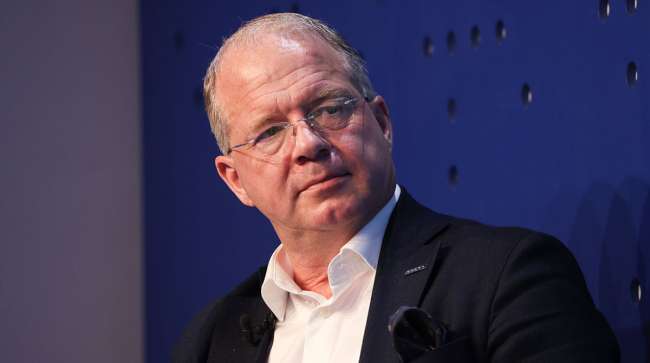Senior Reporter
Volvo Q2 Prosperity Tied to Record Quarterly Truck Sale Revenue

[Stay on top of transportation news: Get TTNews in your inbox.]
Volvo Group reported higher second-quarter net income as revenue from truck sales rose 51% to set a quarterly record.
For the period ended June 30, Volvo, which reports in Swedish krona, had net income that was the approximate equivalent of $1.02 billion, or 50 cents per share, compared with $884 million, 43 cents, a year earlier.
Sales climbed to $11.6 billion compared with $8.8 billion in the 2021 period.
Truck utilization by its customers remained high, the company noted, which drives demand for spare parts and services. At the same time, demand for both new and used vehicles continued to be strong in Europe and North America (its two largest markets) on the back of high freight volumes and freight rates.
Volvo’s truck operation’s net sales grew by 51% to $7.7 billion — the segment’s highest quarterly sales ever — compared with $5 billion in the 2021 period.
Volvo’s operating margin slipped to 11.6% compared with 12.6% a year earlier.
“We continue to invest in the future,” says Martin Lundstedt, President and CEO, Volvo Group. Read more: https://t.co/9cdpHOcl6w #volvogroupreport #quarterlyreport #q2 #stocks #stockmarket #fintwit pic.twitter.com/8sM0vzg2dn — Volvo Group (@VolvoGroup) July 19, 2022
“Our customers in most regions are benefiting from high transport and infrastructure activity, which continues to drive good demand for our products and services,” Volvo CEO Martin Lundstedt said. “This has resulted in extended order backlogs in many markets and lead times are long. To manage the quality in the order books and the cost inflation, we continue to be restrictive in slotting orders for production.”
He said the company’s hard work, supported by its supply chain partners, pushed up truck deliveries by 33% to almost 61,000 vehicles. “We have a strong and competitive offer and our truck brands have gained market shares in most markets,” Lundstedt said.
Second-quarter net order intake overall decreased by 8% to 53,388 trucks.
Order intake in North America increased by 26% to 9,731 trucks (Mack accounted for 4,093) while deliveries increased by 53% to 15,073 vehicles.
Volvo Trucks’ North American heavy-duty truck market share through May increased to 10.5% compared with 9.7% a year earlier while Mack Trucks’ market share decreased to 5.8% compared with 7.1% in the 2021 period.
Volvo reported supply chain issues with semiconductors and other components continued to disrupt operations. There also was unpredictability and lack of inbound freight capacity.
The company forecast more stoppages both in the production of trucks and in other parts of the group, and noted the ongoing COVID-19 pandemic is creating additional pressure.
Among the quarter’s highlights, Volvo Trucks started to test vehicles using fuel cells powered by hydrogen.

3PL problem-solvers discuss the supply chain and how they use technology to improve their customer competitiveness. Tune in above or by going to RoadSigns.TTNews.com.
To meet the growing demand for battery-electric vehicles and machines, it is opening its first assembly plant for battery packs in Ghent, Belgium, to supply ready-to-install batteries for its fully electric products.
“As spelled out on our Capital Markets Day in June, I am convinced that there are major business opportunities in the ongoing technology shift and that they will accelerate our sales growth,” Lundstedt said.
With electric vehicles there is a potential to increase the total vehicle and service revenues per unit by more than 50% over a life cycle, due to their complexity, according to Volvo.
About a year ago, striking United Auto Workers at Volvo Trucks North America’s truck assembly plant in Dublin, Va., in a tight vote, ratified a new six-year contract. Volvo intends to use that plant to assemble its North American electric heavy-duty trucks.
Volvo Group manufactures and sells trucks, buses, construction equipment and marine and industrial engines in the global market.
For the first half of the year, Volvo posted net income of $1.72 billion, 84 cents, on revenue of $21.8 billion compared with net income of $1.76 billion, 85 cents, on revenue of $18 billion a year earlier.
Want more news? Listen to today's daily briefing below or go here for more info:




